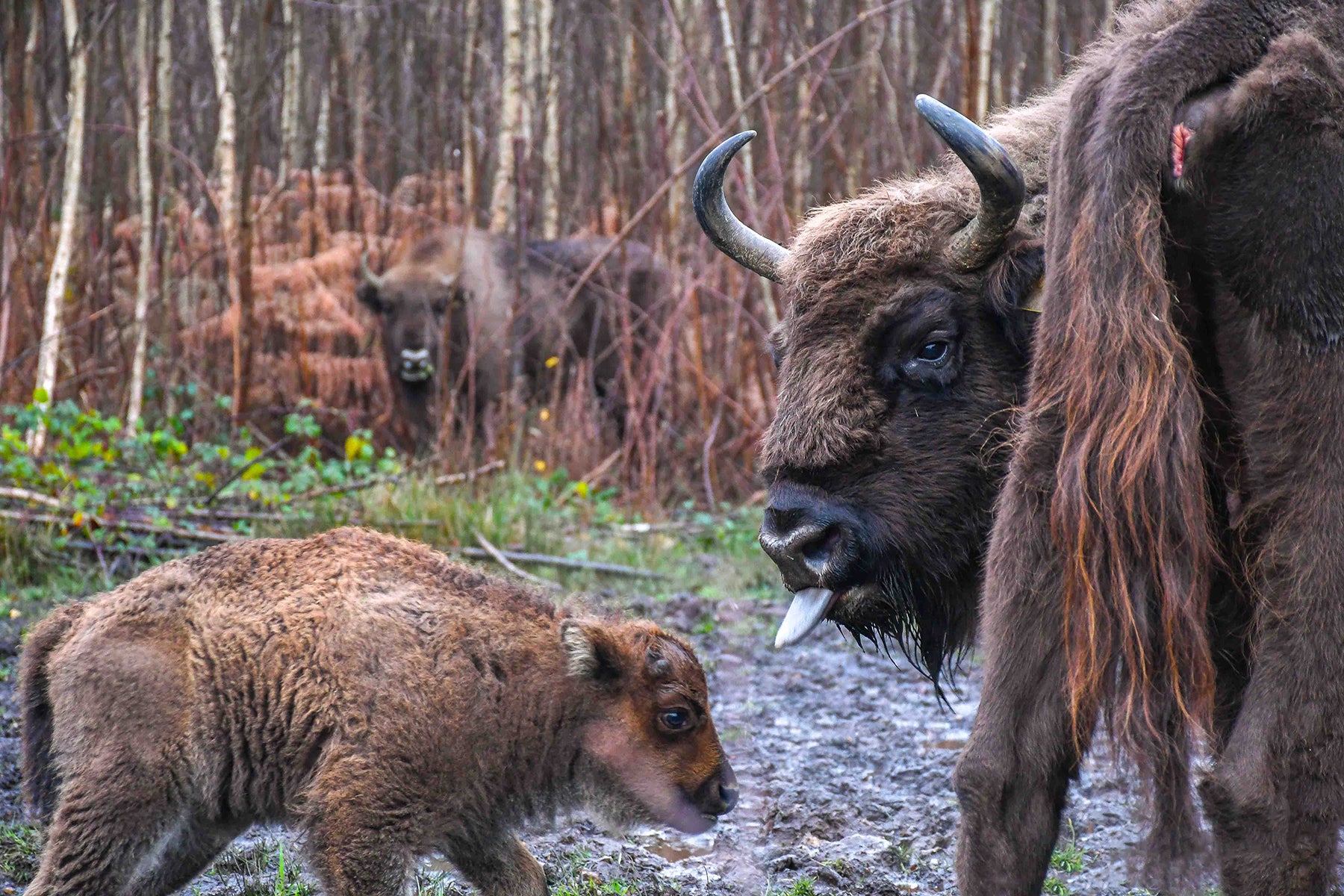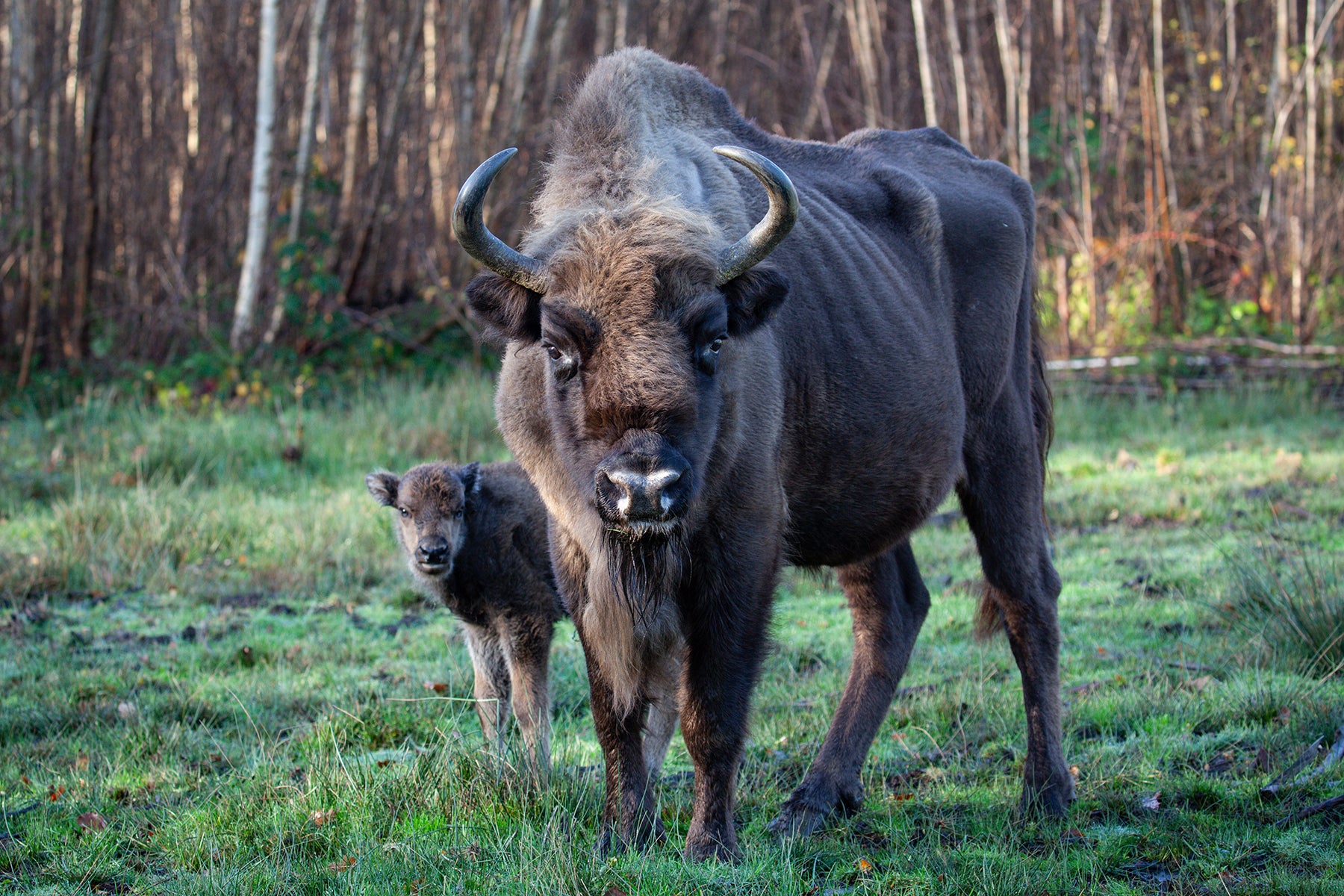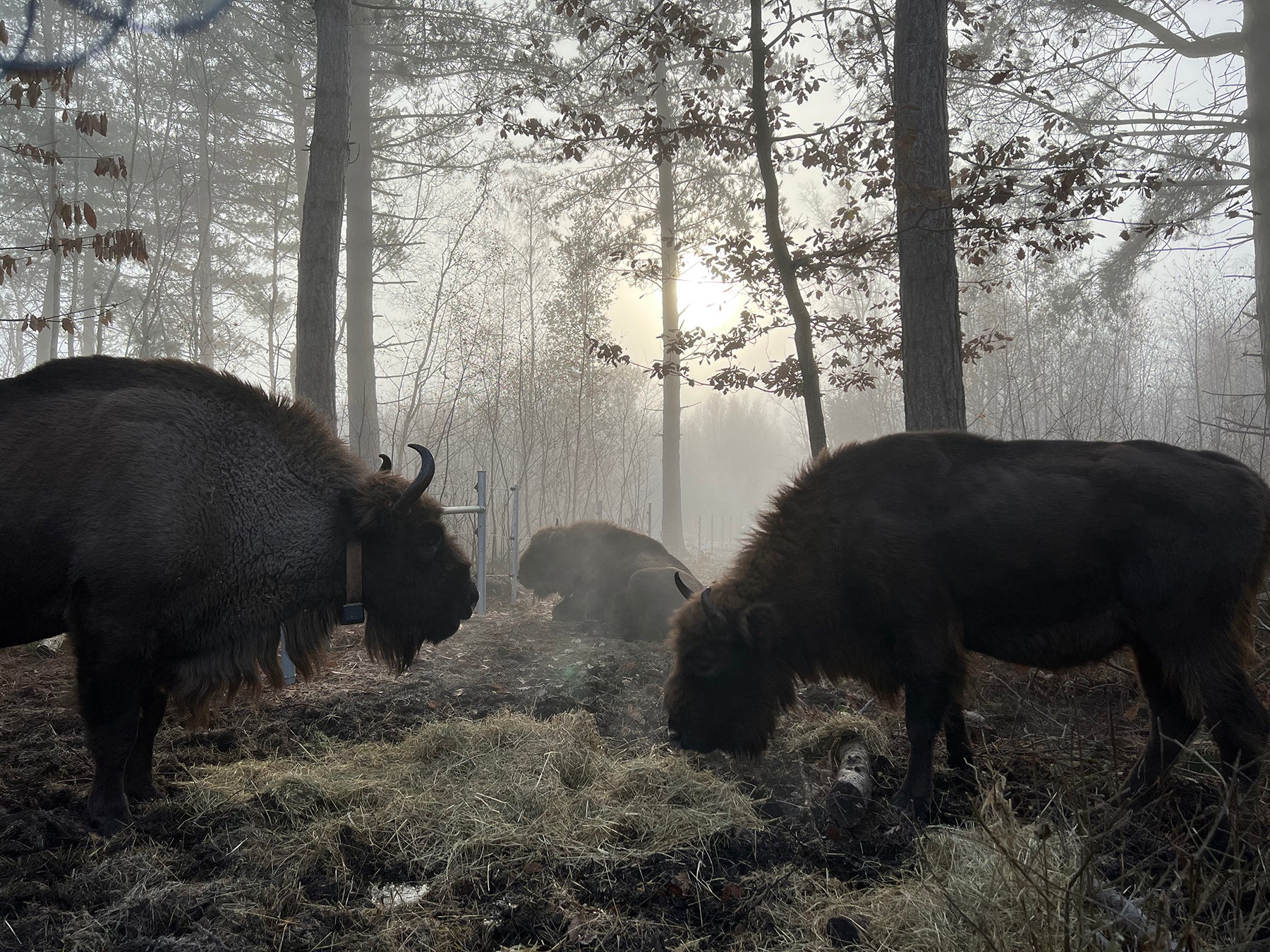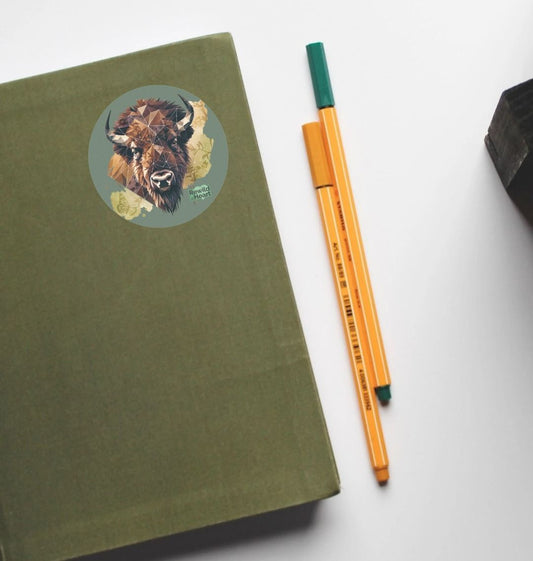Wilder Blean
Founded: The Wilder Blean project began in 2020, with European bison arriving in July 2022.
Organisation Type: Proof-of-Concept Wilding Project
Location: Blean Woods, Kent
Mission Statement:
Welcome to Rewild at Heart, where every purchase goes towards supporting Rewilding Projects.
FREE UK DELIVERY on orders over £50!
Wilder Blean
Founded: The Wilder Blean project began in 2020, with European bison arriving in July 2022.
Organisation Type: Proof-of-Concept Wilding Project
Location: Blean Woods, Kent
Mission Statement:
Their mission is to create stronger, dynamic habitats that can withstand environmental challenges and support long-term nature recovery.
By allowing these animals to act as ecosystem engineers, the project seeks to enhance biodiversity, improve ecosystem resilience, and promote a healthier, more sustainable environment.

The Wilder Blean project focuses on restoring natural processes within the Blean Woods near Canterbury, Kent. This area encompasses approximately 560 hectares of ancient woodland, making it one of the largest such woodlands in southern England.
The project aims to enhance biodiversity and ecosystem resilience by reintroducing keystone species like the European bison, along with other grazing animals such as Exmoor ponies, English longhorn cattle, and Iron-Age pigs. These species act as natural woodland managers, promoting habitat diversity and supporting a wide range of wildlife.
What are Wilder Blean currently working on?
The team at Wilder Blean is currently focused on building land bridges with viewing platforms, an exciting project designed to connect fragmented woodland habitats and allow wildlife - and people - to move more freely across the landscape. These bridges will help reduce the isolation of species, support natural migration patterns, and improve the overall health of the ecosystem.
The inclusion of viewing platforms means visitors will have the chance to observe the bison and other grazing animals from a safe distance, offering a rare glimpse into the behaviours of these incredible species in their natural setting.

What are some Wilder Blean Statistics and Achievements?
The Wilder Blean project has made significant strides in restoring natural processes and enhancing biodiversity in the Blean Woods near Canterbury, Kent. Here are some notable impacts:
These developments highlight the project's success in utilizing keystone species to drive ecological restoration and promote biodiversity.

Who Founded Wilder Blean?
The Wilder Blean project was founded by Kent Wildlife Trust and Wildwood Trust in partnership. These two organisations joined forces to create one of the most ambitious wilding projects in the UK, with the goal of restoring natural processes in the Blean Woods near Canterbury, Kent.
Together, they’ve combined their expertise in habitat restoration and species reintroduction to launch this ground-breaking initiative, with European bison at its heart.
A little known fact: together they were responsible for the first reintroduction of beavers to Britain in 2002, near Sandwich in Kent.
Even less known fact: Ray saw one of the beavers who escaped from the Ham Fen reserve while kayaking from Canterbury to Sandwich with friends in 2021!

Every item in our Wilder Blean collection helps fund the incredible work of Kent Wildlife Trust and Wildwood Trust in restoring ancient woodlands and supporting iconic species like European bison. 10% of the sale price of anything in this collection goes directly to the project. From creating thriving habitats to pioneering wildlife advocacy, your purchase directly contributes to a wilder, more resilient future.
Explore the collection and be part of the Wilder Blean story today.








© 2025, Rewild at Heart
We improve our products and advertising by using Microsoft Clarity to see how you use our website. By using our site, you agree that we and Microsoft can collect and use this data. Our privacy statement has more details.
